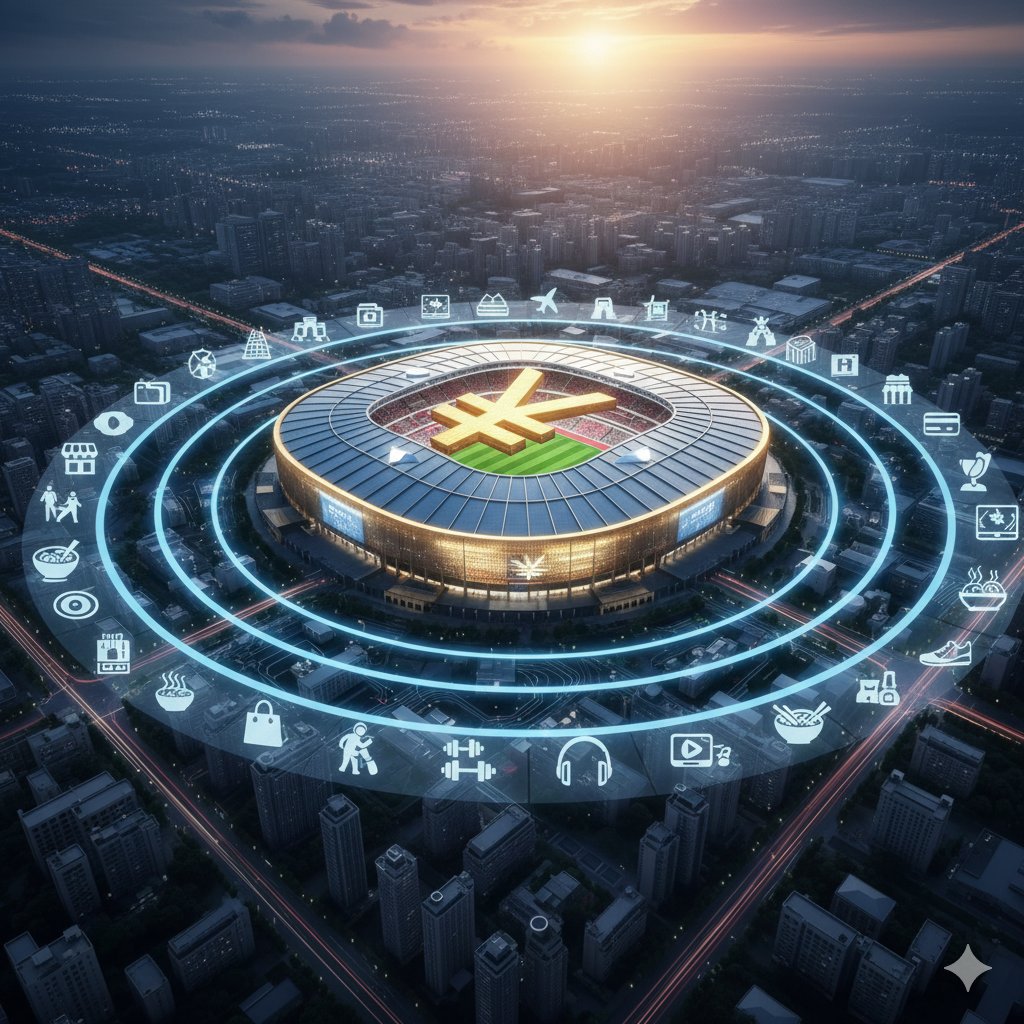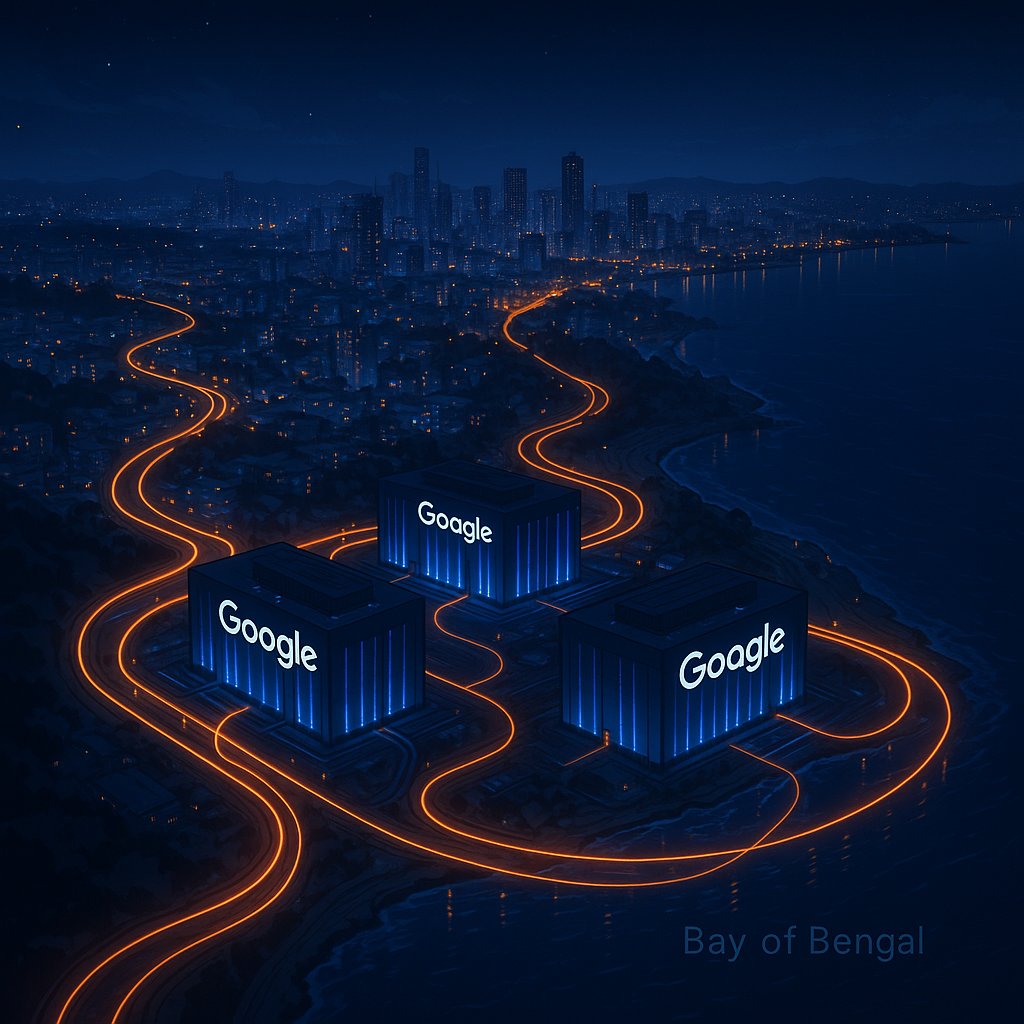How the Baniya Community knows the best-kept financial secret.
Go to any wholesale market, textile market or steel godown.
They are dominated by surnames like:
Agarwal, Gupta, Bansal, Khandelwal, Poddar, Jalan, Goel
Here’s what separates them from the rest of India:
While you chase 12% annual returns, Baniyas chase one thing only:
How fast can the same rupee come back and compound again?
Most of India works on a salary.
Baniyas work on rotation.
You get paid once a month.
They get paid 3 times a month.
Their business cycles don’t run on years.
They run on days.
Bookmark and retweet this thread to revisit it later
Go to any wholesale market, textile market or steel godown.
They are dominated by surnames like:
Agarwal, Gupta, Bansal, Khandelwal, Poddar, Jalan, Goel
Here’s what separates them from the rest of India:
While you chase 12% annual returns, Baniyas chase one thing only:
How fast can the same rupee come back and compound again?
Most of India works on a salary.
Baniyas work on rotation.
You get paid once a month.
They get paid 3 times a month.
Their business cycles don’t run on years.
They run on days.
Bookmark and retweet this thread to revisit it later

While the average investor prays for 12% annual returns…
A Baniya business aims for:
25–35% ROCE (Return on Capital Employed)
15–30 day inventory cycles
40–60 day receivable cycles
And zero obsession with the stock market.
A Baniya business aims for:
25–35% ROCE (Return on Capital Employed)
15–30 day inventory cycles
40–60 day receivable cycles
And zero obsession with the stock market.
Most people ask:
“How much return will I get?”
Baniyas ask:
“How fast can I get my principal back… and reinvest it again?”
It’s not about chasing returns.
It’s about compounding velocity.
The traditional Baniya portfolio has 3 silent pillars:
1. Rotating Capital
2. Pledged Gold
3. Land Banking
Let’s break them down.
“How much return will I get?”
Baniyas ask:
“How fast can I get my principal back… and reinvest it again?”
It’s not about chasing returns.
It’s about compounding velocity.
The traditional Baniya portfolio has 3 silent pillars:
1. Rotating Capital
2. Pledged Gold
3. Land Banking
Let’s break them down.
1. Rotating Capital
A Baniya doesn’t buy and hold.
He buys, sells, collects cash, and reinvests — in weeks, not months.
High-turnover trade cycles = faster compounding.
This is why they dominate FMCG distribution, steel scrap, and textiles.
Margins may be low. But velocity is king.
A Baniya doesn’t buy and hold.
He buys, sells, collects cash, and reinvests — in weeks, not months.
High-turnover trade cycles = faster compounding.
This is why they dominate FMCG distribution, steel scrap, and textiles.
Margins may be low. But velocity is king.
2. Pledged Gold, Not Sold Gold
Gold is never for show.
It’s the liquidity tap.
Instead of selling gold, they pledge it to raise working capital in 24 hours.
Try getting a bank loan in 24 hours with your stock portfolio. You can’t.
Gold is a silent partner in every Baniya balance sheet.
Gold is never for show.
It’s the liquidity tap.
Instead of selling gold, they pledge it to raise working capital in 24 hours.
Try getting a bank loan in 24 hours with your stock portfolio. You can’t.
Gold is a silent partner in every Baniya balance sheet.
3. Land Banking
Where does the business profit go?
Not into crypto. Not into Nifty 50.
It goes into:
Godowns
Shops
Small plots
Rental flats
Warehouse clusters
Assets that don’t just appreciate — they generate real cash, offline, tax-efficient, and long-term.
Where does the business profit go?
Not into crypto. Not into Nifty 50.
It goes into:
Godowns
Shops
Small plots
Rental flats
Warehouse clusters
Assets that don’t just appreciate — they generate real cash, offline, tax-efficient, and long-term.
Want to see generational strategy?
Many Baniyas never sell ancestral commercial property.
That ₹25 lakh shop from 1982?
Now worth ₹8 crore — and earning ₹2.5L/month in rent.
Stock portfolios crash.
Rents don’t.
But there’s one more piece you’ll never see on a spreadsheet:
Biradari Credit
This is a parallel banking system. No contracts. No interest rates.
Just trust-based capital moving across families, cities, and generations — at the speed of a phone call.
Many Baniyas never sell ancestral commercial property.
That ₹25 lakh shop from 1982?
Now worth ₹8 crore — and earning ₹2.5L/month in rent.
Stock portfolios crash.
Rents don’t.
But there’s one more piece you’ll never see on a spreadsheet:
Biradari Credit
This is a parallel banking system. No contracts. No interest rates.
Just trust-based capital moving across families, cities, and generations — at the speed of a phone call.
You see an IPO and wait for allotment.
They hear of a factory going bankrupt and arrange ₹2 crore overnight.
No forms. No CIBIL checks. Just 4 phone calls and 30 years of reputation.
While you chase angel investors, they tap ancestral capital pools.
No one teaches this in finance classes.
Because this isn’t finance.
This is business dharma passed down like oral scripture.
A 22-year-old Baniya knows more about cash flow than most MBAs.
And a 60-year-old one can flip ₹50L faster than most fund managers.
They hear of a factory going bankrupt and arrange ₹2 crore overnight.
No forms. No CIBIL checks. Just 4 phone calls and 30 years of reputation.
While you chase angel investors, they tap ancestral capital pools.
No one teaches this in finance classes.
Because this isn’t finance.
This is business dharma passed down like oral scripture.
A 22-year-old Baniya knows more about cash flow than most MBAs.
And a 60-year-old one can flip ₹50L faster than most fund managers.
The modern world chases:
Startups
Fintech
Market-linked products
But behind every IPO, there’s a warehouse rented from a Baniya.
Behind every factory, there’s steel supplied by a Baniya.
They’re not visible on CNBC.
But they quietly print cash flow every 30 days.
Startups
Fintech
Market-linked products
But behind every IPO, there’s a warehouse rented from a Baniya.
Behind every factory, there’s steel supplied by a Baniya.
They’re not visible on CNBC.
But they quietly print cash flow every 30 days.
The biggest illusion of modern finance?
That real wealth comes from markets.
The Baniya Portfolio proves otherwise:
Wealth is built through:
Liquidity speed
Cash reinvestment
Asset rotation
Community trust
Land as cash flow
And compounding trust, not just compounding capital.
That real wealth comes from markets.
The Baniya Portfolio proves otherwise:
Wealth is built through:
Liquidity speed
Cash reinvestment
Asset rotation
Community trust
Land as cash flow
And compounding trust, not just compounding capital.
In the world of 12% SIPs and 7% FDs, the Baniya Portfolio is India’s 30% secret.
Not because it’s magic.
But because they understand one thing better than anyone else:
The faster money moves, the bigger it grows.
If this thread made you rethink everything you knew about wealth…
Bookmark it. Re-read it. Share it.
Because in a world obsessed with trends, the Baniyas mastered timeless principles.
And the best part?
You can learn them — without being born into them.
Not because it’s magic.
But because they understand one thing better than anyone else:
The faster money moves, the bigger it grows.
If this thread made you rethink everything you knew about wealth…
Bookmark it. Re-read it. Share it.
Because in a world obsessed with trends, the Baniyas mastered timeless principles.
And the best part?
You can learn them — without being born into them.
If you found this insightful
→ Repost and Follow us for more such deep dives
→ Join Stockifi Community and find out our latest stock idea(Check pinned post)
👉 Join Now t.me/stockifi
→ Repost and Follow us for more such deep dives
→ Join Stockifi Community and find out our latest stock idea(Check pinned post)
👉 Join Now t.me/stockifi
• • •
Missing some Tweet in this thread? You can try to
force a refresh










